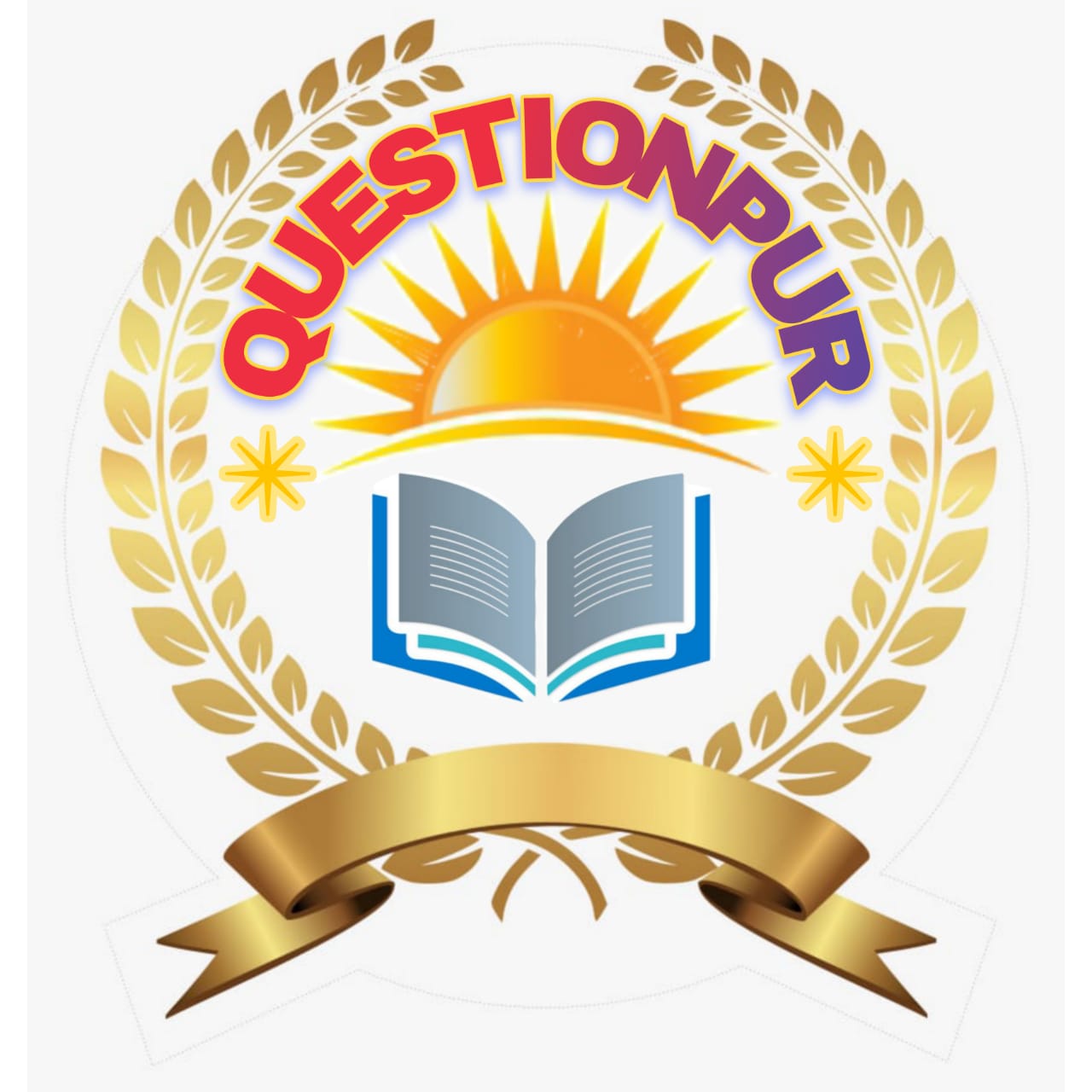What is Vocabulary ? describe the selection and gradation of Vocabulary for teaching. explain the Vocabulary teaching procedure
A vocabulary is a list of words. Word has been defined by scholars as: Strung: "The most important criterion of a word is that it is the smallest unit that can in ordinary usage function alone as a sentence."
Bloomfield: "A free form which is not a phrase, is a word." Getting pupils acquainted with new words is important because, in the words of H. W. Beecher, "words are pegs to hang ideas on. Besides, one of the aims of teaching English in India is to enable students to use it as a library language. For this, they need to know a large vocabulary which includes:
(1) Active or recognitive vocabulary and
(2) Passive or receptive vocabulary.
Selection and Gradation of Vocabulary for Teaching:
The purpose of teaching vocabulary is not to teach all the words of English. Il is not possible either. The conference of 'professors of English held in New Delhi in 1953 observed, "The course of English should consist of a detailed study of texts of simple modern English prose written within a vocabulary of about 2,500 essential words, non-detailed study of books in prose and verse with a large vocabulary for rapid reading and simple composition."
The conference of 1963 on the teaching of English held in New Delhi, recommended that "It was possible to cover approximately 2,500 words to form the active and some 500 more words to form the recognition vocabulary of pupils, in a six or seven years course of English."
According to Prof. H. E. Palmsr, a list of 3,000 words can be devised which would cover 95% of ordinary normal English. It seems appropriate to have secondary students get a knowledge of about 3,000 words. These words should be properly selected and graded by the following principles:
(i) Principle of usefulness,.
(ii) Principle of structural value,
(iii) Principle of frequency of occurrence,.
(iv) Principle of teachability.
(v) Principle of universality and
(vi) Principle of simplicity.
Teaching Procedure:
The teaching of active vocabulary should be done by going through two distinct steps' e.g.:
(1) Presentation and
(2) Practice
1. Presentation
The presentation can be done by using the following methods:
(a) Direct method,
(b) Translation method,
(c) Usage method,
(d) Similar word method,
(e) Contrasted words method,
(f) Derivation method, and
(g) Reference method.
2. Practice
The practice should be at the productive levels as wen as the application level. Productive level means to repeat what the teacher has said (and application level means to use the words in different novel situations.
Both 'at productive and application levels, the practice should be in speaking, reading and writing. Pupils should be asked to solve some exercises to have command of the new vocabulary items.
For teaching passive vocabulary, there is only one step and that is the presentation. For developing the passive vocabulary, there is no need of practice. Instead, supplementary reading should be encouraged. The teaching of passive vocabulary starts at the senior level.
Some Suggestions:
The following are some suggestions which should be kept in mind while teaching vocabulary:
(i) Students should be encouraged to keep a vocabulary note-book and meaning of difficult words should be noted in it.
(ii) By employing different word games, the students can be made interested.
(iii) At the early stage, the emphasis should be on quality rather than on quantity.
(iv) Presentation should be according to the standard of the class. Prof. Vermon Maliinson says, "It must, therefore, grow as naturally as possible, out of the pupuils 'immediate experience and must satisfy an immediate needs."
Read More-





